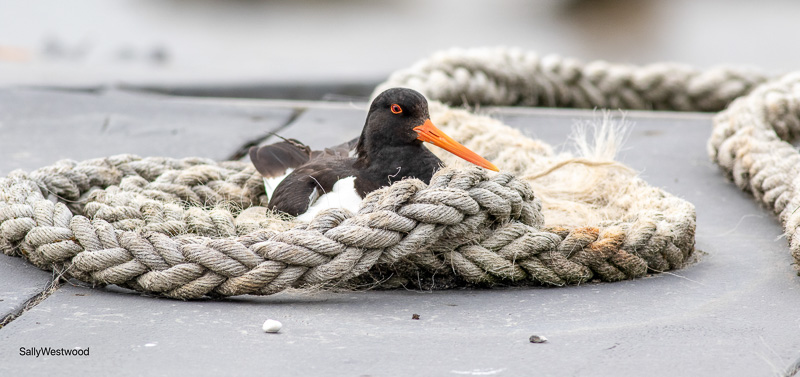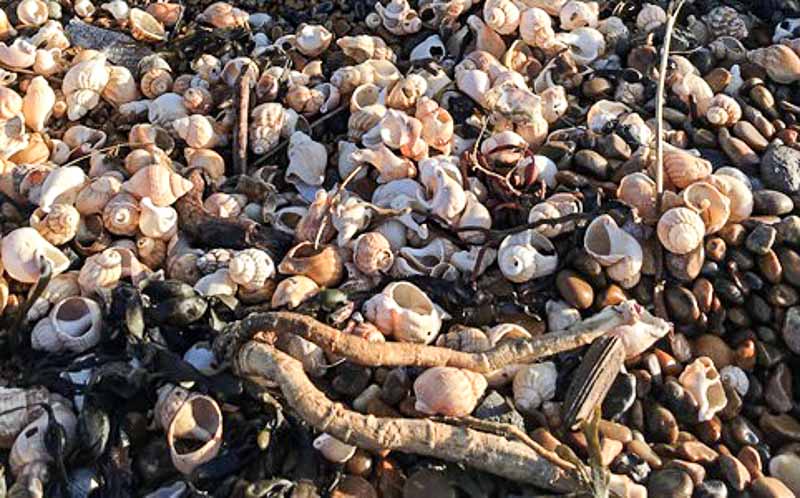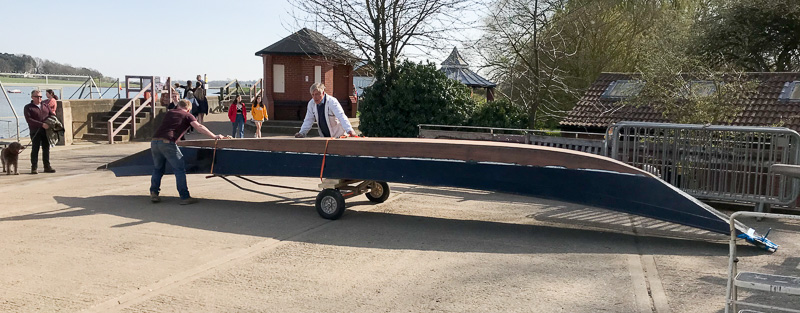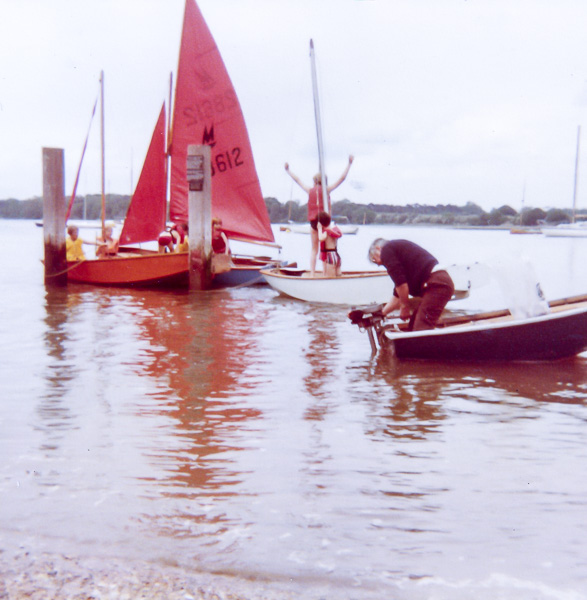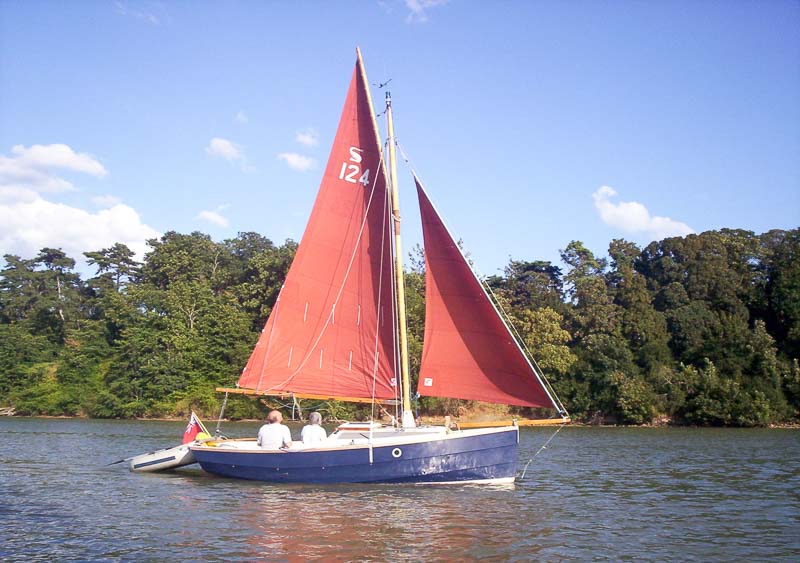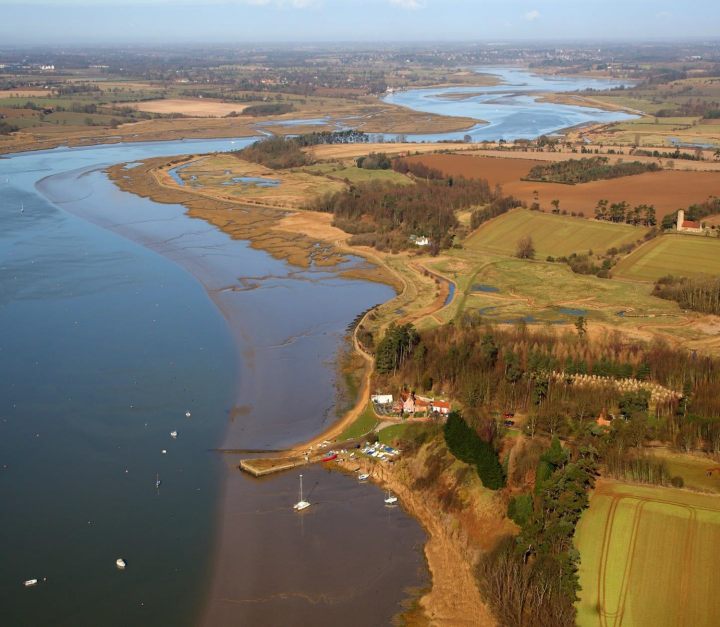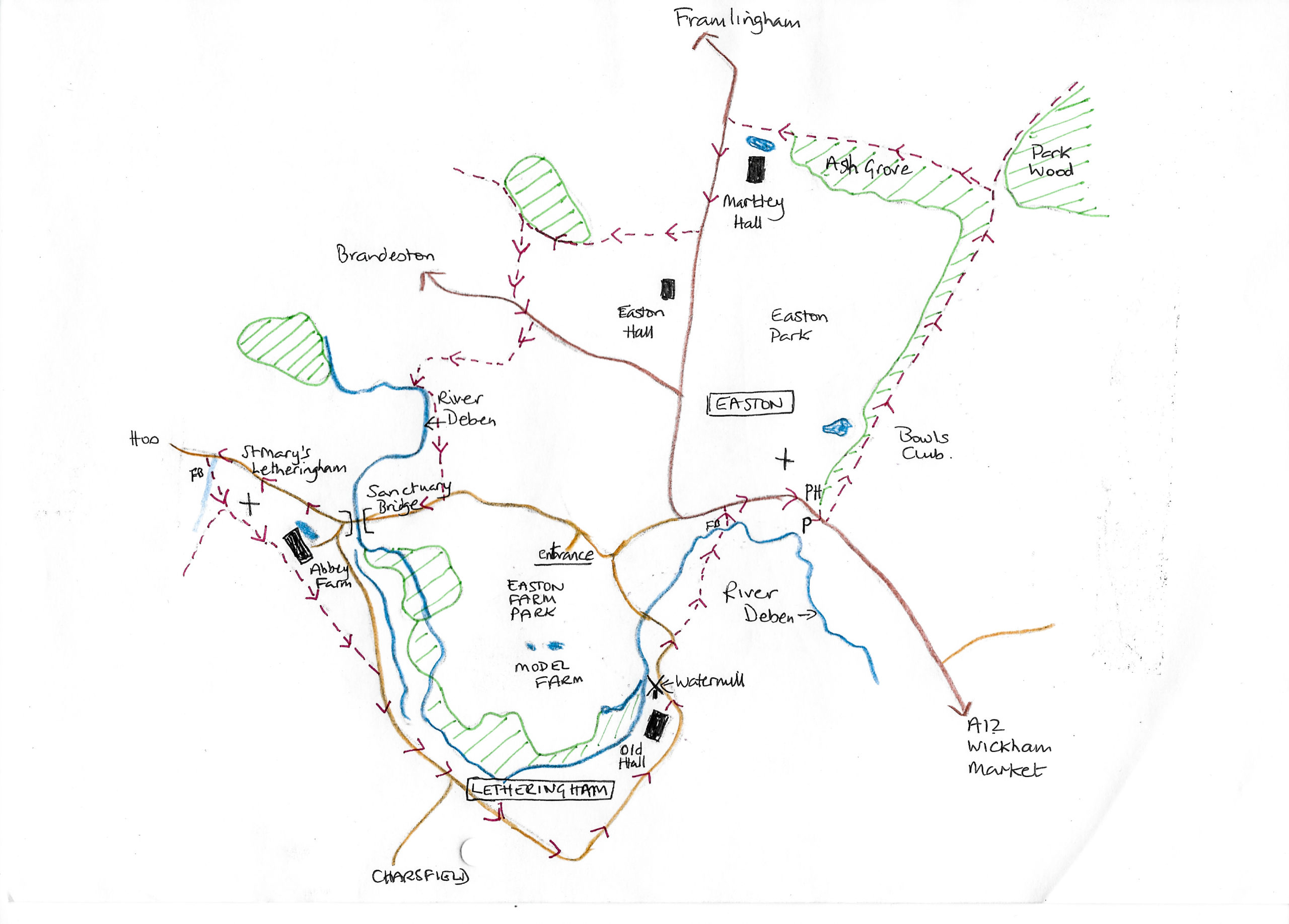By Sally Westwood
The Oystercatcher lifted itself up, its legs unfolding slowly, and stepped out of the central space of a coiled rope. An egg lay in the space, the rope provided a wall for the nest. The nest was on the top of a 50-60 foot, river maintenance vessel. The boat was used for clearing channels and ditches, effectively keeping the river flowing. It had a crane at one end, and a vast square hold in the centre. The Oystercatchers had their nest on a flat surface at the other end of the vessel. The Oystercatcher called four times, at the edge of the vessel. Its mate arrived, and landed on a rusty, round, steel stanchion. It walked over to the nest, stepped in and lowered itself down onto the egg. Adjusting itself by wobbling from side to side, to comfortably cover the speckled egg. Eggs are incubated for 24 to 35 days.1 The other Oystercatcher flew off to the blades of grass and green weed at the edge of the water, abundant because of the warm weather. Tide was high and coming in. That was day eight, for the egg in the rope. Continue reading

